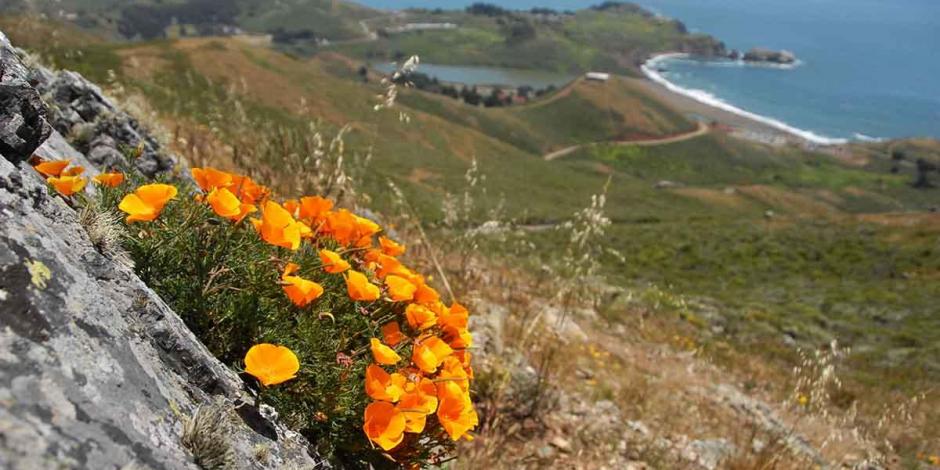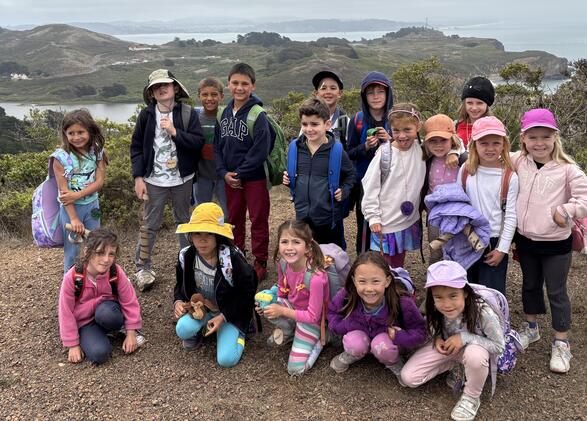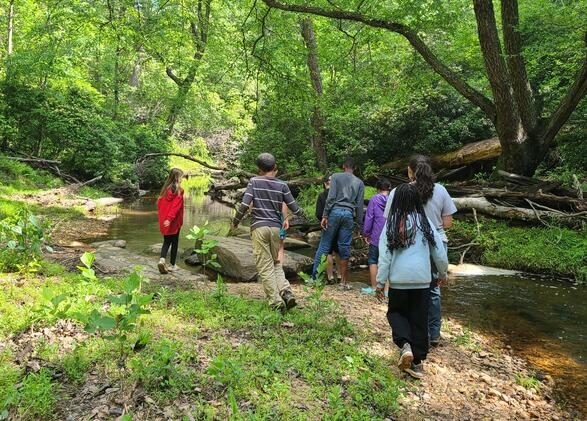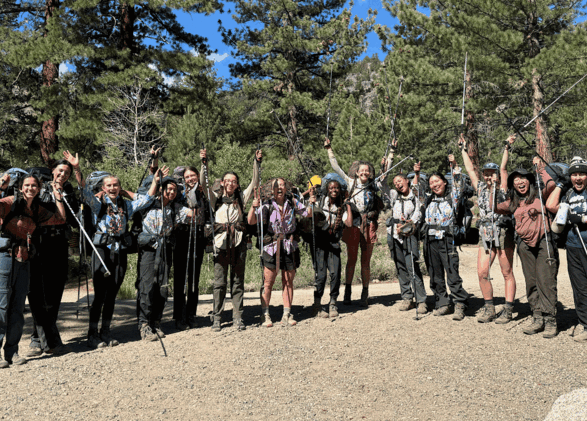Lessons From the Field: Ethnobotany With John

John Conant, of our Golden Gate NatureBridge team, has had an interest in plants and their uses since his days of playing outside as a young kid. This interest grew into a passion—one that he eventually transformed into a more organized approach of learning about indigenous plants when he became an outdoor educator nearly 20 years ago. We recently spoke with John about ethnobotany, the study of how people and cultures interact with plants native to their region, and the importance of respecting and understanding the deeply rooted traditions associated with these plants.
What stirred your interest in the relationship between plants and people? #
Ever since I was a little kid I felt connected to nature. At 12 years old I’d walk several miles to get to a freeway onramp and hitchhike to get to some woodlands and hike. It was hard for me to explain why nature was important to me. Sharing how we can use plants gave me a language that others could relate to and gives them a reason to value the natural world.
As a teacher I wanted to be able to look at any plant and explain to people what it was. Even if they didn’t remember the facts about any of the plants, it gave them the sense that every single thing out there had its own unique place in the world and was valuable.John Conant
Humans have depended on plants for centuries. Why is this relationship so important? #
I think that the answer is in the question. We need them. If we aren’t getting something from a plant itself, then it’s usually from something that ate the plants. Every year more species are disappearing. There’s been accounts of rare plants becoming extinct after labs have discovered a medicinal use for them. That seems tragic.
Can you highlight some common plants that have the most beneficial uses for people? #
- Willow bark contains salicin, which is turned into salicylic acid used in aspirin.
- Hazelnuts are tasty additions to both chocolate and coffee.
- Stinging nettle helps cure arthritis and is used to make a fabric called ramie.
- Blackberries aren’t only tasty, gathering them is a lot of fun.
What is the most fascinating use of a plant you've encountered in your experience? #
One of my favorite plants is Mugwort. It grows on four continents (that I know of) and has historically been associated with dream magic in each of those continents. Since these are cultures so far apart and so different, it’s interesting to me that they all find this commonality. There’s a branch of Chinese medicine based entirely on this single plant. It’s supposed to help cure poison oak and intestinal parasites, and has some other uses as well.
What would people find most surprising about ethnobotany? #
There’s an assumption that Native People just looked for what they needed and counted their blessings when they found it. The fact is that they actually took a very active hand in promoting some species and caring for them. They used controlled burns, for instance.
I was told that the Pomo women, indigenous people of California, would have a pine tree that was their own. They wanted straight roots for basketry, which don’t occur naturally. So they’d dig up a single root and carefully follow it along, untangling it from others. Then they’d make a straight trench for it and rebury it to allow it to grow straighter. You couldn’t do too much at one time or it would injure or kill the tree, so it was a very long process and the tree was passed down from generation to generation of women who would continue the process.
When Europeans told the tribe that they had to move to new land, they didn’t understand what the big deal was since there'd be trees in the new location. The Europeans had no idea the connection indigenous people had with their land or the labor and years involved in the care of that land. Those pine trees were just one example. They encouraged the growth of the oak trees that they used for food, as well as other plants that they used. Early Europeans coming to the Bay Area commented that it looked like landscaped gardens, but never thought why it looked like that. And apparently didn’t care to ask.
Stay tuned for more NatureBridge educator insights on wildlife, flora and fauna in this 'Lessons from the Field' series.


